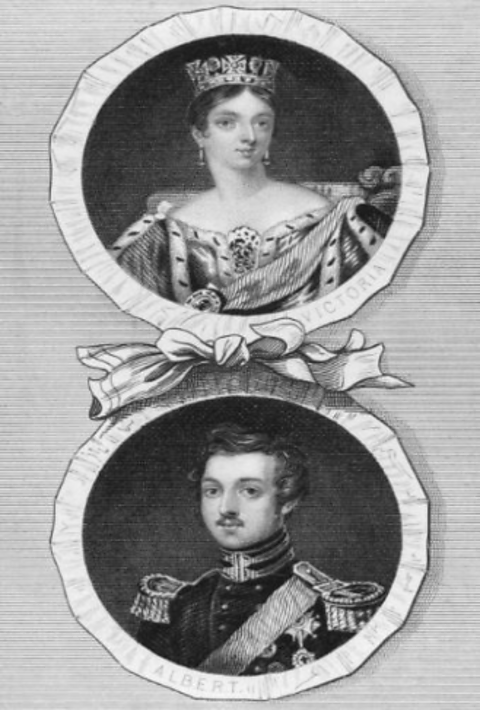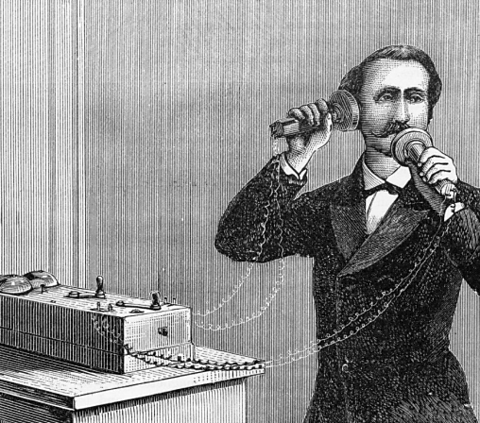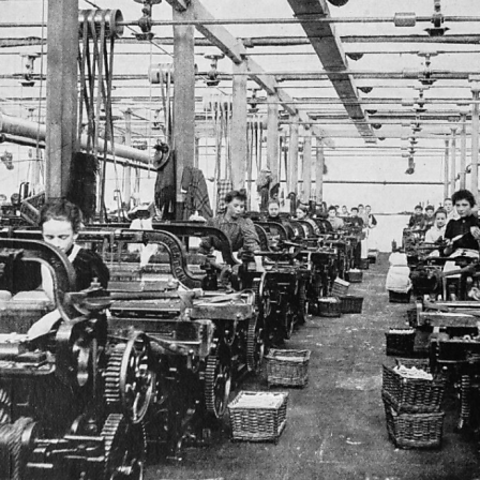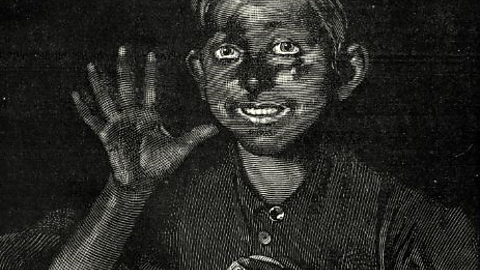
Queen Victoria
Queen Victoria ruled Britain from 1837 to 1901. This period is called the Victorian era.
It was a time in history when there was lots of change.
Queen Victoria was born in London on May 24, 1819.
At the age of 18, she became Queen of the United Kingdom.
Victoria married Prince Albert in 1840, and together they had nine children.
When Albert died in 1861, Victoria withdrew from public life for several years but continued to rule as Queen until she died at age 81 in 1901.
Queen Victoria was the first monarch to be photographed.


The Industrial Revolution
The Industrial Revolution was a time of speedy industrialisation and advances in technology.
It began in Britain in the 18th century and spread across the world.
It led to significant changes in the way people lived and worked.
Many inventions and ideas that altered history happened during the Victorian age. For example, Charles Darwin brought forward the concept of evolution, with his book “Origin of the Species”.
Charles Babbage invented an analytical engine, that was the basis of modern computing.
Alexander Graham Bell invented the telephone, and the postal service was created.


Difficult working conditions
During the Industrial Revolution, mills, factories, and mines were built nationwide.
Poor people working in factories or mills had to endure horrible working conditions.
The hours were long – usually a 12-hour day - the pay was terrible, and the conditions were usually dangerous and dirty.
Poor children often had to go to work to earn money for their families.
As a result, many could not go to school. It was customary for children from low-income families to be sent off to work as young as the age of four or five.

Family life
If you were born into the Middle or Upper classes in the Victorian era, you would usually have been brought up by nurses and governesses.
Parents didn't always have much contact with their children. Men were expected to earn the money, while women took charge of running a household.
Manners and respect were of great importance during this time, and children would mainly address their father or other males as 'Sir.'
Children were expected to be well-behaved and respectful, with strict discipline and education a crucial part of their upbringing. A typical quote during this time was, ' Children should be seen and not heard.'
Religion was also important during the Victorian era, with Christianity playing a central role in society. Church attendance was high, and religious values were often reflected in politics.
Some common jobs in the Victorian age

Image caption, A number of children worked as chimney sweeps
1 of 3
The British Empire
When Queen Victoria took the throne in 1837, Britain already governed other countries, including Canada, India, New Zealand, and several African areas. This was known as the British Empire.
In the 1870s, Britain set out to gain control and influence over new overseas territories, particularly in Africa.
The British Empire brought new ideas and technology to some countries and helped spread the English language around the world.
However, two negatives of the British Empire were that it often treated the people in the places it took over unfairly and sometimes even violently, and it took resources and wealth away from the areas it ruled over without giving enough back in return.
By the time Queen Victoria passed away in 1901, the British Empire was the biggest empire the world had ever seen - Queen Victoria was in charge of nearly 1/4 of the world's population.